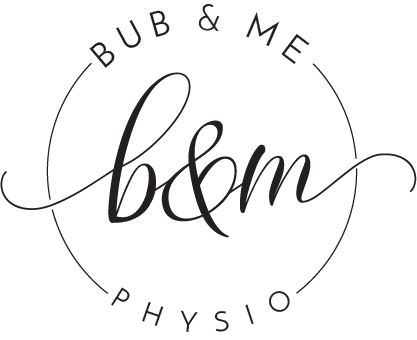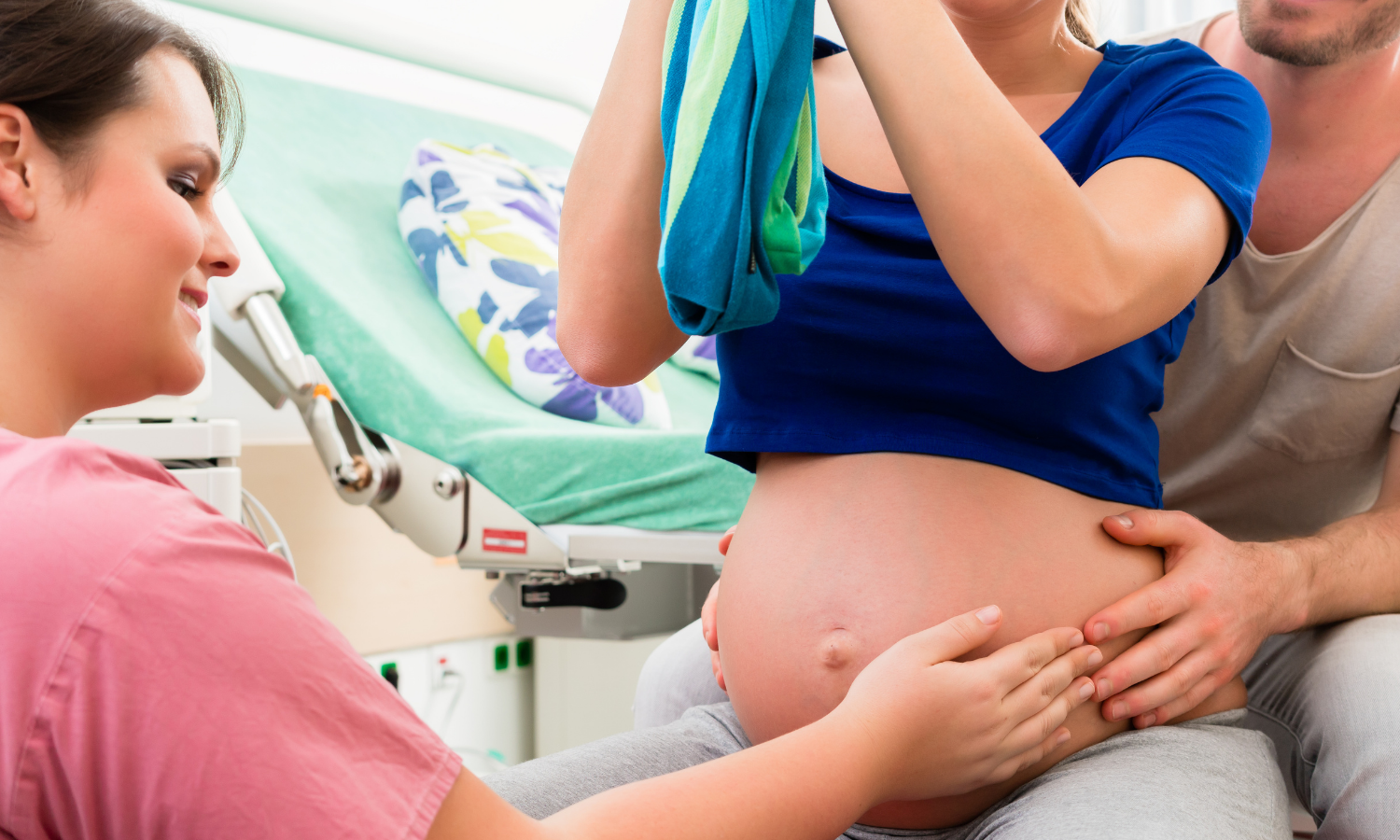Tips to Prevent Tearing During Delivery
When we chat to women who are pregnant for the first time, the topic of tearing during labour almost always comes up, so we wanted to address what it is and talk about strategies to reduce it happening.
Most women experience some degree of perineal damage during a vaginal delivery (up to 50-65%). In the majority of cases, tearing during a vaginal delivery is mild, and women report that they hardly noticed the stitches and it healed quickly and well. However, about 5% of women having their first vaginal birth experience 3rd and 4th degree tears, which has a bigger impact on pelvic floor function, incontinence, sexual function and likelihood of prolapse, and requires a longer rehabilitation.
There are never any guarantees of delivering your baby without tearing, and some risk factors are uncontrollable, including newborn weight, head diameter and presenting position, but there are some things you can do to improve your outcomes.
Treat any pelvic floor tension or tightness.
The pelvic floor needs to relax and stretch to allow a baby to pass through the birth canal, but not all women are able to easily relax their pelvic floor. Ideally, you should have a consultation, including an internal assessment, with a women’s health physio in every trimester, but at least during your second trimester, to assess for and treat any pelvic floor tension or tightness.
Learn to relax your pelvic floor
When doing your pelvic floor exercises, completely relax your pelvic floor after each contraction to ensure tension doesn’t build up in your muscles. As a guide, you should relax your pelvic floor muscles for as long as you hold them. Eg if you can hold your pelvic floor muscles for 5 breaths, then you should also focus on relaxing them for 5 breaths, before starting the next contraction.
We talk a lot more about pelvic floor relaxation, as well as everything pregnancy, in our Strong Mama Prenatal Program, where you will have access to weekly exercises classes for your whole pregnancy.
Practice diaphragmatic (belly) breathing.
During diaphragmatic breathing, as the diaphragm descends during the inbreath, the pelvic floor relaxes, so this breathing technique is an amazing way to fully relax your pelvic floor. You can do this technique in different positions such as wide leg child pose or butterfly pose.
Perineal massage during pregnancy.
You can perform perineal massage from 34-35 weeks of pregnancy, 1-2 times per week for 5 minutes each session. Check our blog on Perineal Massage and Perineal Massage vs Using an EPI-NO.
Perineal massage during labour.
You can also do perineal massage during the second stage of labor. Your midwife or OB might place two fingers of a lubricated gloved hand just inside your vagina and exert mild, downward pressure.
Use upright or side-lying birth positions.
Birthing in an upright position helps allow the sacrum to move and the pelvic outlet to open for your baby to move down the birth canal Eg kneeling, all-fours, squatting or in a side-lying position. Certain positions are more likely to lead to larger perineal tears. In particular, positions where the sacrum (part of the low back) is pressed against another surface, such as when you are lying on your back on a bed.
Keep your perineum warm during labour.
Use warm compress on the perineum during 2nd stage to help it soften.
Intuitive pushing and slow crowning.
Push when you feel the need unless you can’t feel the contractions due to strong epidural. Aim for controlled pushing and breathe while you push. Pushing the baby out slowly as it crowns, and taking rests between contractions, allows your tissue time to stretch and accommodate your baby’s head. Your midwife or OB will help guide you through this and may even support your perineum with their fingers during this stage to reduce tearing.
If you’re ready to delve into more about optimal pushing during labour, check our blog on this topic!
Be informed about induction and epidural.
Being induced for labour may increase the likelihood that you require an epidural, which increases the likelihood that you will require an instrumental delivery (forceps or suction) which is associated with an increase in pelvic floor injury and tearing. While an induction or epidural may be medically indicated for you, it’s important to understand the risks. In some situations this can’t be avoided but being prepared and informed is essential so you can make the best birth choice for you. If you choose an epidural ask for a lighter one so you can still feel when to push.
Keep in mind that regardless of the amount or type of tearing, your body has a tremendous capacity for healing. This includes the ability to heal from tears and episiotomies.
There is a lot you can do to help facilitate your healing postnatally, and you CAN get strong again. The key is to get re-strengthen in a way that promotes long term health and wellness and reduces the risk of postnatal injuries. Our Strong Mama Postnatal Program will help you every step of the way.






